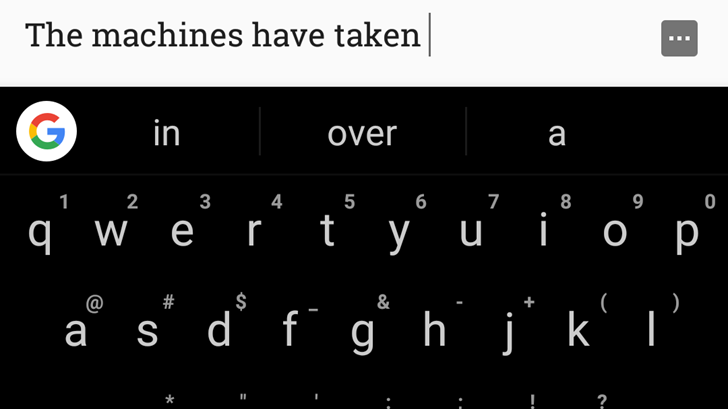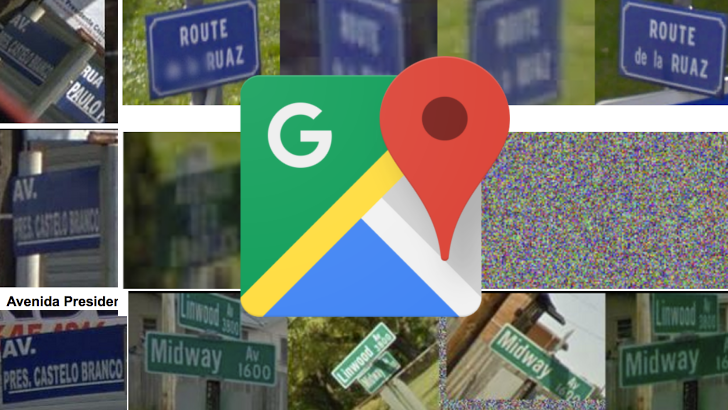latest
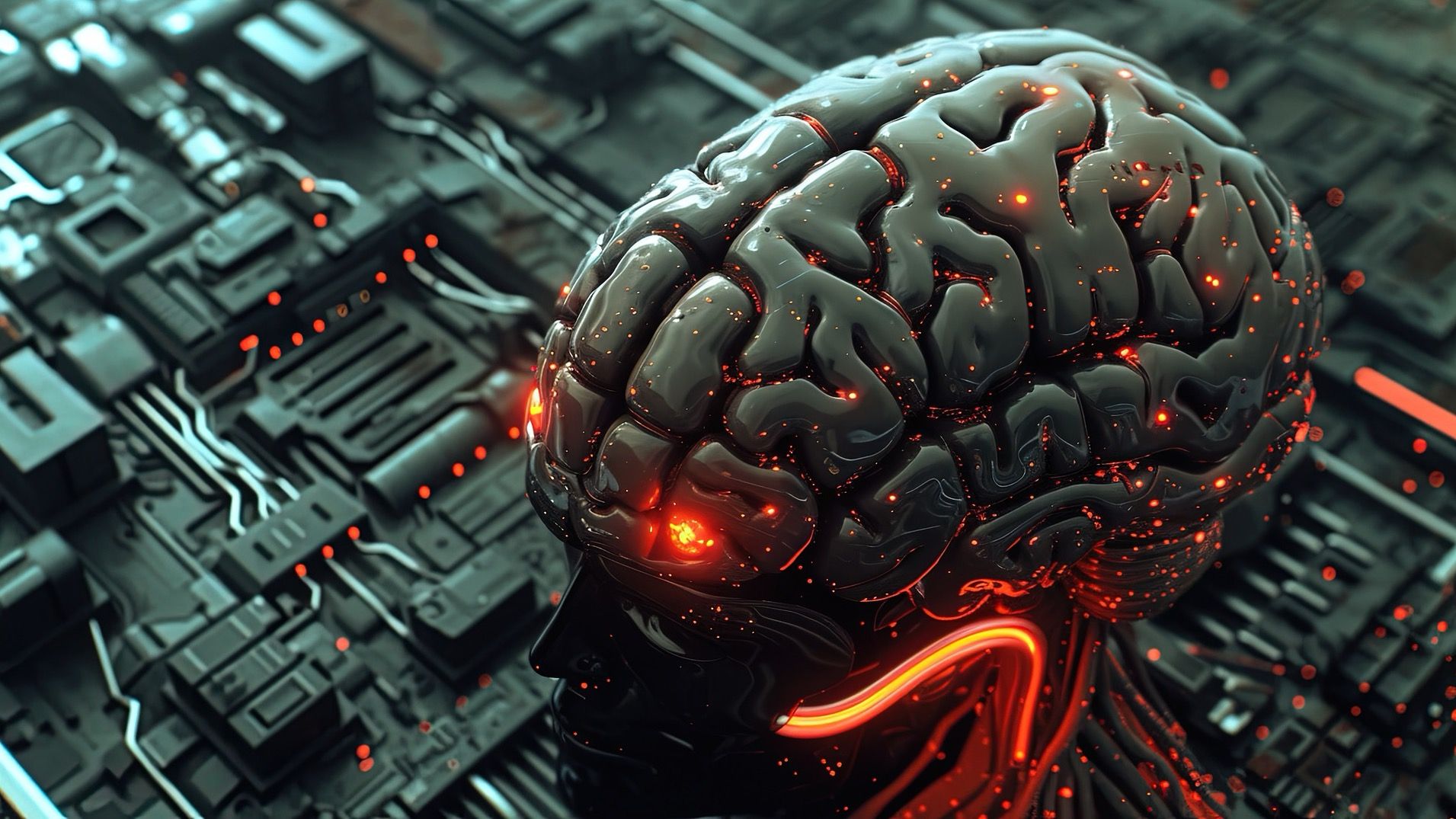
What is a neural network?
Learn about a computational model inspired by the interconnected structure of brain cells
A neural network is a computational machine-learning model that follows the structure of the human brain. It consists of networks of interconnected nodes or neurons to process and learn from data, run complex tasks, and arrive at conclusions. It mimics how biological neurons work in a human brain and develops an adaptive system that continuously improves based on past mistakes.
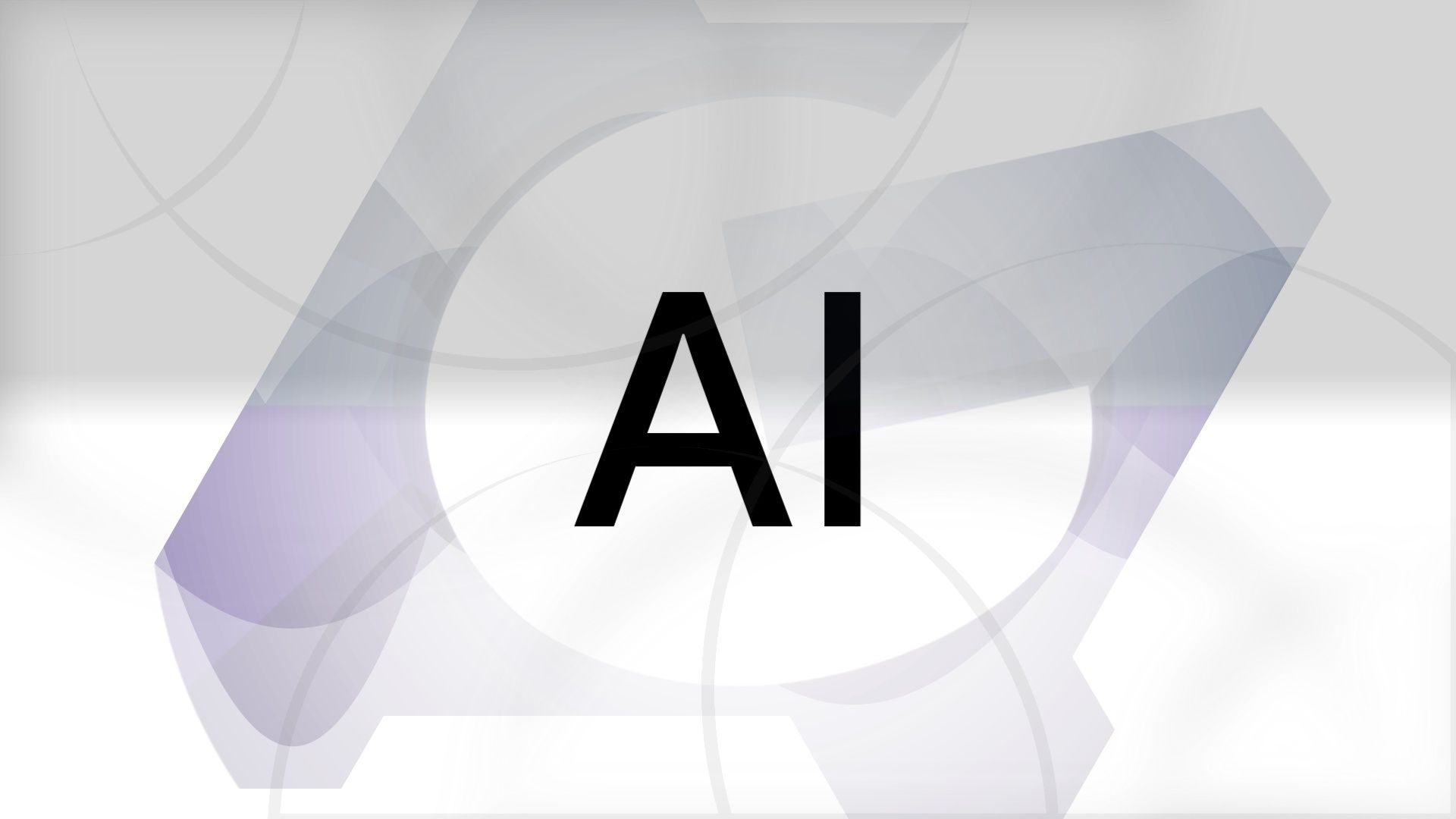
Artificial intelligence, or AI, is an extensive term encompassing several aspects of our world. From helping us with medical science advancements to adding new features to even the most affordable Android smartphones, no definition can sum up precisely what AI is. That's because AI has many uses and real-world applications across various industries.
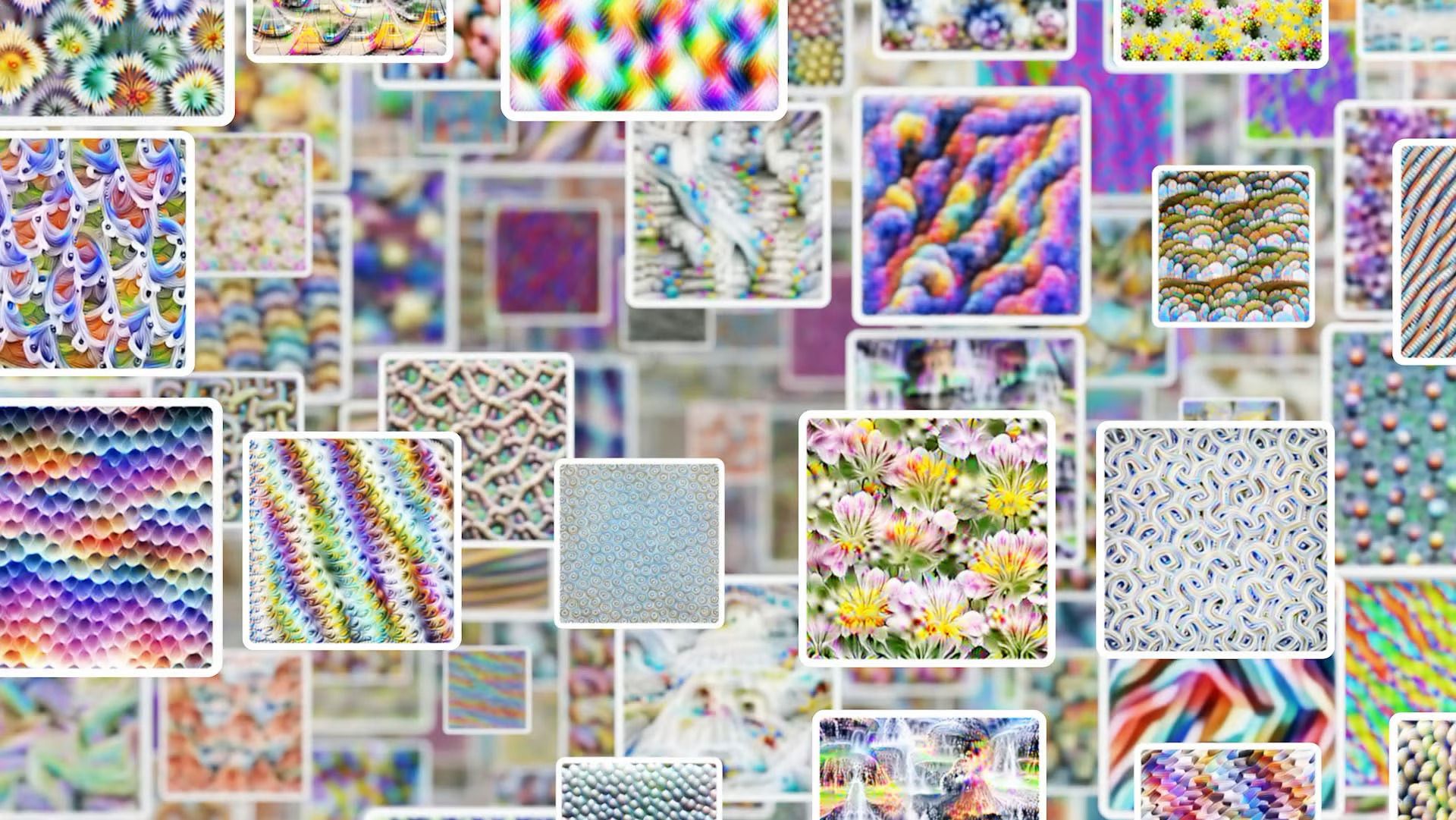
What is OpenAI Microsope?
OpenAI, the renowned artificial intelligence company, has recently announced a new project called OpenAI Microscope
OpenAI, the headline-making humans responsible for ChatGPT's rise and a lot of chatter about LLMs (large language models), unveiled their latest creation, Microscope, a nifty neural visualization interface. Unlike software packages of a more familiar nature, OpenAI Microscope is a developer-oriented tool. It isn't intended for the masses.
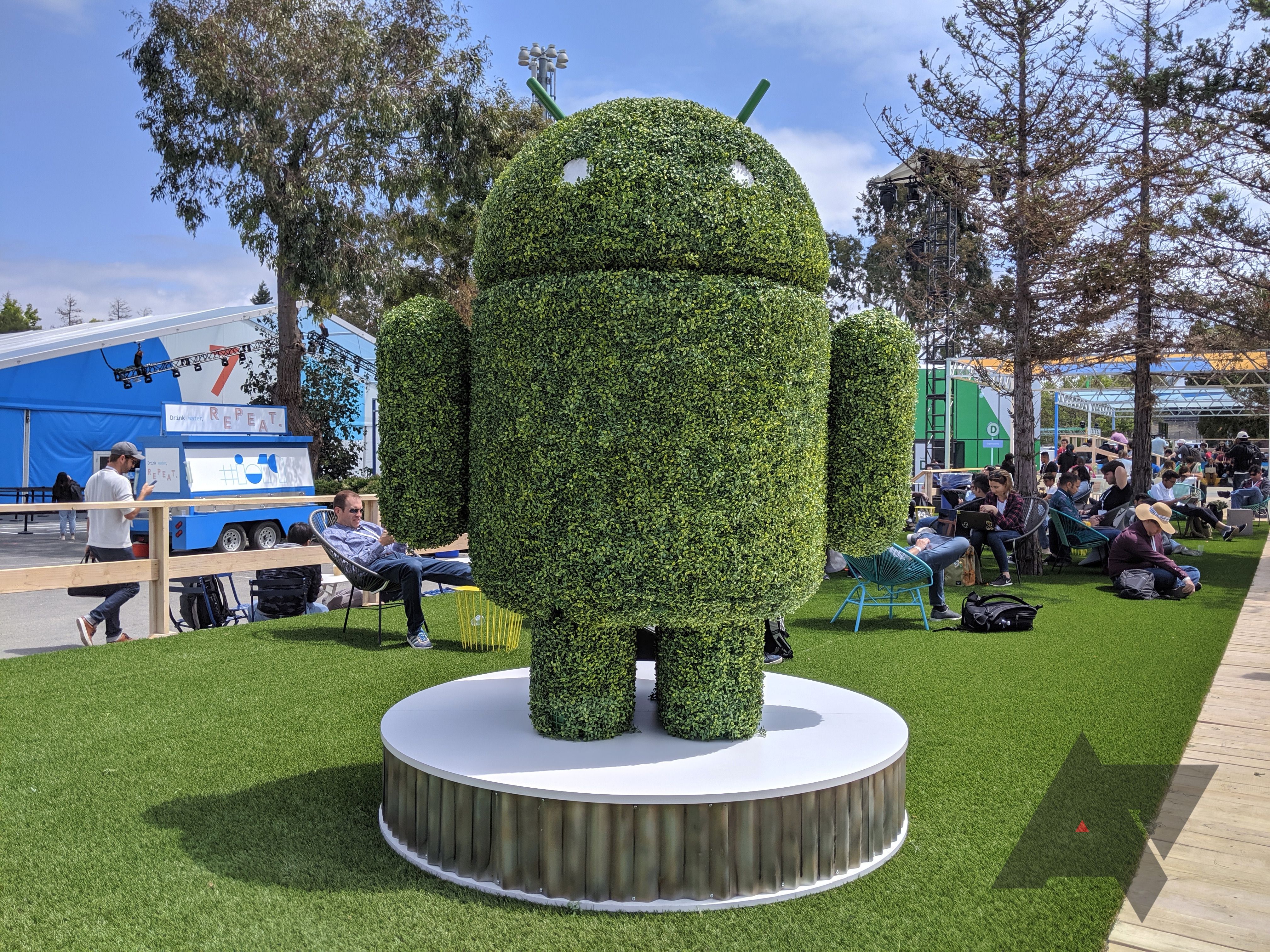
Read update
These days, some of the most important new smartphone features and performance gains to be found have to do with AI-powered workloads. So it wasn't any surprise when Google and Qualcomm announced last year that they were planning to make the Neural Networks APIs that power those features on Android updateable via Google Play Services — one small part of Android's growing update modularity. At first, we thought those plans might have been abandoned when Google pushed through a series of commits to AOSP reverting changes tied to the feature, but the company now confirms the plans for a Play Store updatable API are still on.

Future Google Play Services updates may improve Snapdragon performance
Qualcomm's Neural Network API updates will be included in Google Play Services
Do you know what the Neural Networks API is? If you don't, it's fine, it's one of those surprisingly complex things that makes a lot of different parts of Android better without ever being very visible to the end user. Long story short: it allows developers to apply some of the extremely complicated parts of neural network processing to local Android hardware, getting a boost in performance in the background. And starting soon, it'll benefit from the same kind of regular driver updates that Qualcomm has been using for its GPU driver updates.
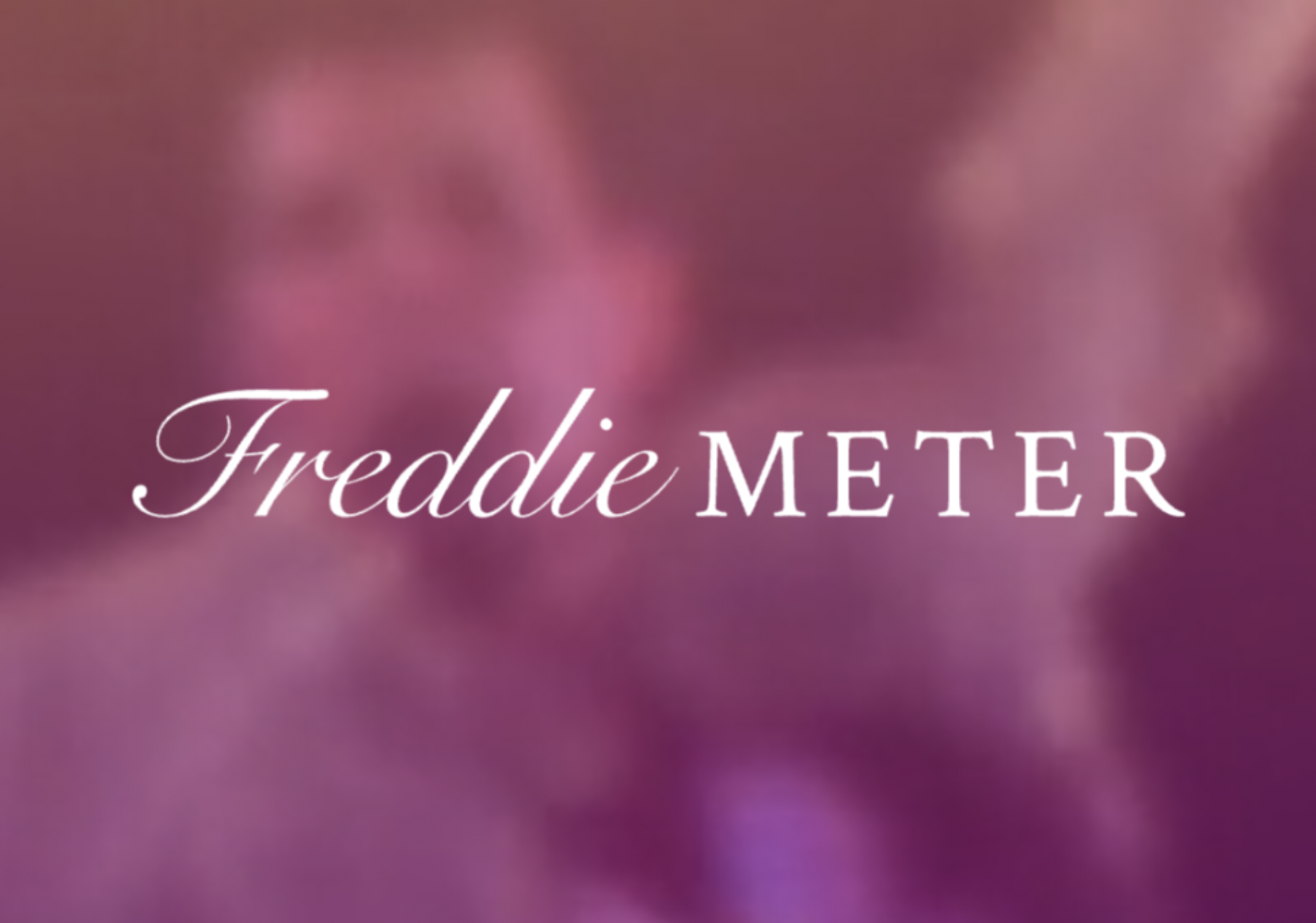
Freddie Mercury may no longer be with us, but his legacy continues to live on in his music, in movies, and now in a web app that judges your singing talents. FreddieMeter analyzes vocal patterns to determine how closely you can recreate the unique voice of Freddie Mercury. It then gives you a score based on your accuracy in general pitch and melody, as well as how closely your timbre matches that of Freddie Mercury's.
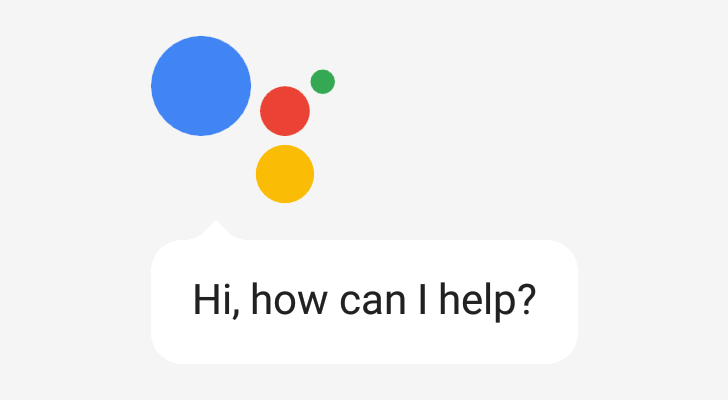
During the Google I/O keynote, Google talked about the WaveNet voice engine and how it was making speech synthesis more realistic. To drive the point home, Google announced six new Assistant voices were coming to devices. We expected them to roll out at a later date, but they're already live in the Assistant settings.
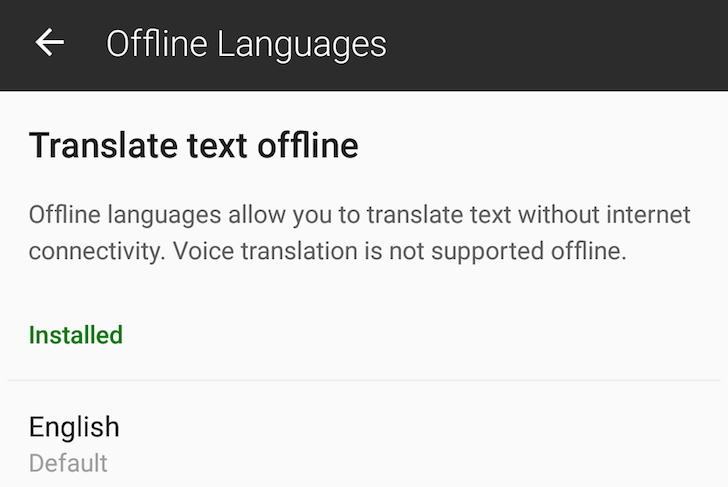
Microsoft announced today that its Translator app now supports offline, artificial intelligence-powered translation in a handful of languages with what the company says is "the world's first Deep Neural Network-powered offline translation engine." The AI packs are considerably smaller than traditional language packs, and they should provide higher quality translations, too.
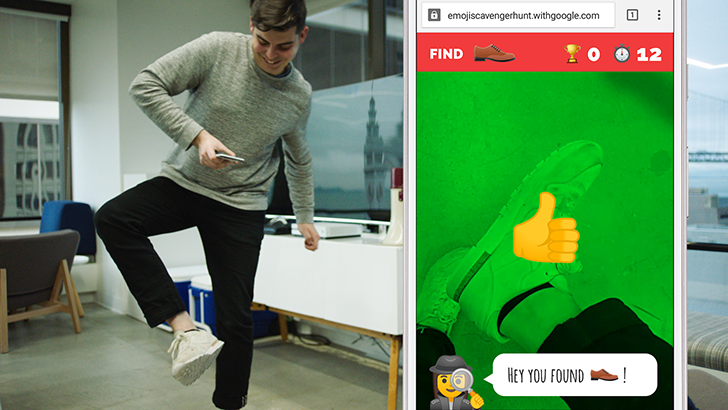
"Machine learning" and "neural network" are familiar terms to anyone who follows what Google is up to these days, but they may not be the most accessible or comprehensible concepts for the masses. And that's fine — you don't need to have a firm grasp of machine learning to enjoy better photos or keyboards, for instance. Still, Google has been quietly showcasing ways for users to get more hands-on with these concepts, and the latest such experiment is a game called Emoji Scavenger Hunt.
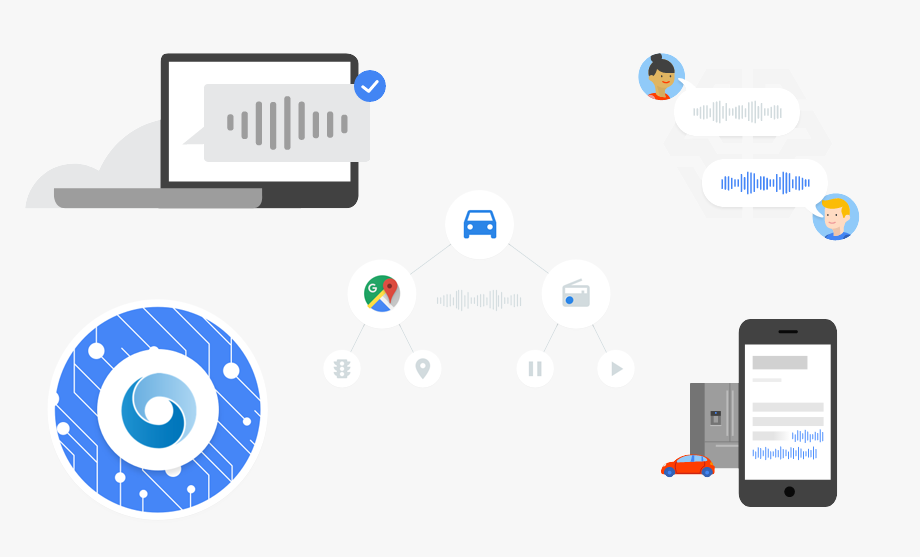
Back in December last year, we looked in-depth at the work Google has been doing to improve text-to-speech and other artificial language use cases. Artificial voice synthesis can be much more powerful and impressive thanks to WaveNet neural network technology, developed by Alphabet subsidiary DeepMind. It's been used to make the Google Assistant sound more natural, and now makes up part of a whole new product: Cloud Text-to-Speech.
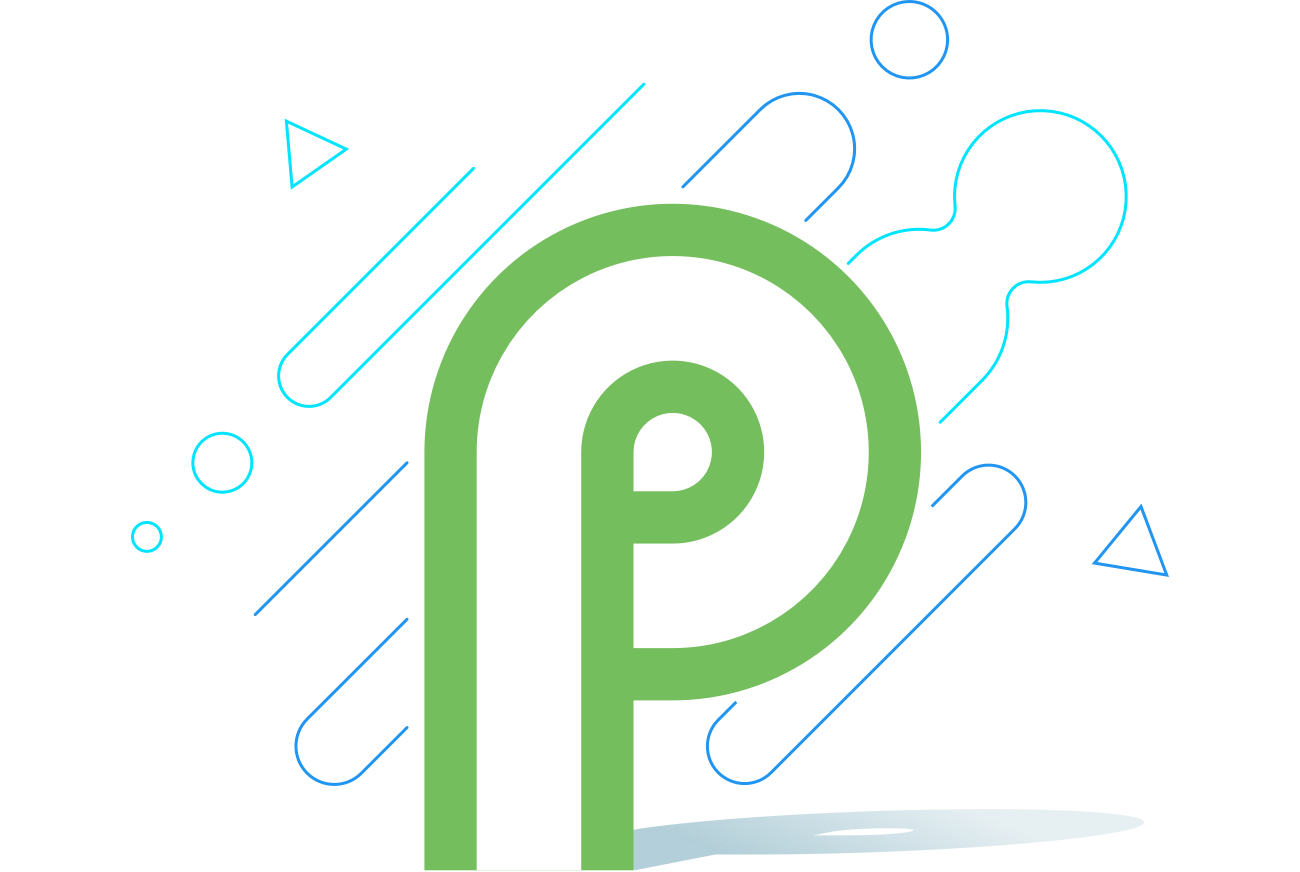
Last year, Google introduced a new neural networks API in Android 8.1 Oreo that provided developers with hardware-backed tools for machine learning. Now, with Android P, Google is expanding the API to support nine new operations. Pixel 2 devices will also have support for Qualcomm's Hexagon HVX driver, giving developers further improvements in performance on those devices.

Twitter doesn't show full photos when they appear in the stream—you need to tap to expand the whole image. Unfortunately, the cropped version of the photo is often framed awkwardly because it's just the middle section of the image. Twitter is solving that problem with a neural network that can understand the composition of your images.
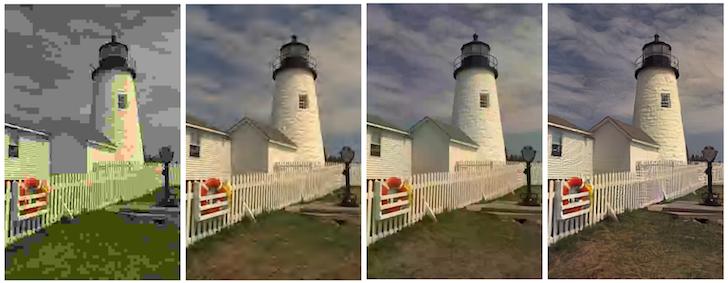
When you navigate to a website on your expensive new Android device, or try to view an image that someone has sent you on your gorgeous Super AMOLED Quad HD display, the last thing you want is to find yourself standing there, waiting for a progress bar to crawl across the screen, or to squint angrily at the spinning loading icon as it sputters.
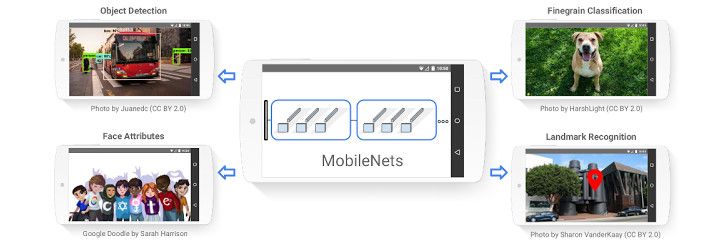
Today Google has announced the release of MobileNets, a series of TensorFlow vision models built for comparatively low-power, low-speed platforms like mobile devices. In a cross-post on both the Open Source and Research blogs, Google released details about the new visual recognition software. Now even more useful machine learning tools can operate natively on your phone’s hardware, in a fast and accurate way. And, future tools like Google Lens will be able to perform more functions locally, without as much need for mobile data, and without waiting.

Read update
- You can now download Allo 11 from APKMirror, but clearing the app's cache and force-closing may be required to see the new feature.
Selfies are a bit of a pandemic these days; it's almost impossible to get through a day without seeing at least a few on social media. In keeping with that theme, along with Allo's obsession with sticker packs, the 'smart messaging app' can now create personalized sticker packs from just a selfie. We first spotted this in a teardown back in January, but it's finally live.

Much to my dismay at the time, my high school Spanish teacher could always tell when I used Google Translate. Automatic translation tools often produce results that mostly get the point across, but with strange sentence structures and other quirks. Google is now testing neural machine translations for Google Translate, with the hope of producing more accurate results.
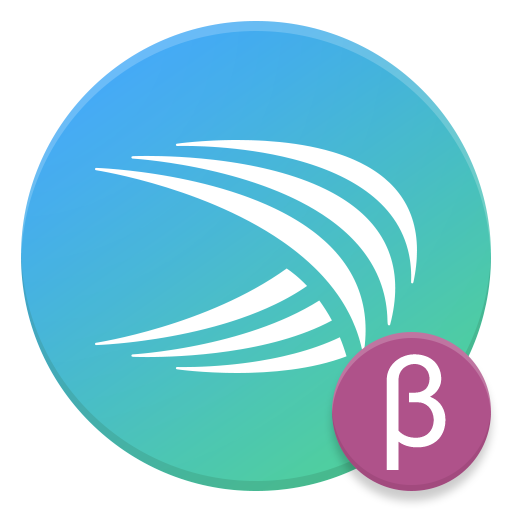
SwiftKey has been making some big changes lately, and running the beta version of the keyboard gets you a sneak peek at what's coming next. In the latest beta update, there are new languages integrated with SwiftKey's improved neural network prediction engine, as well as support for using as many as five languages at the same time. SwiftKey loves multi-lingual users, apparently.
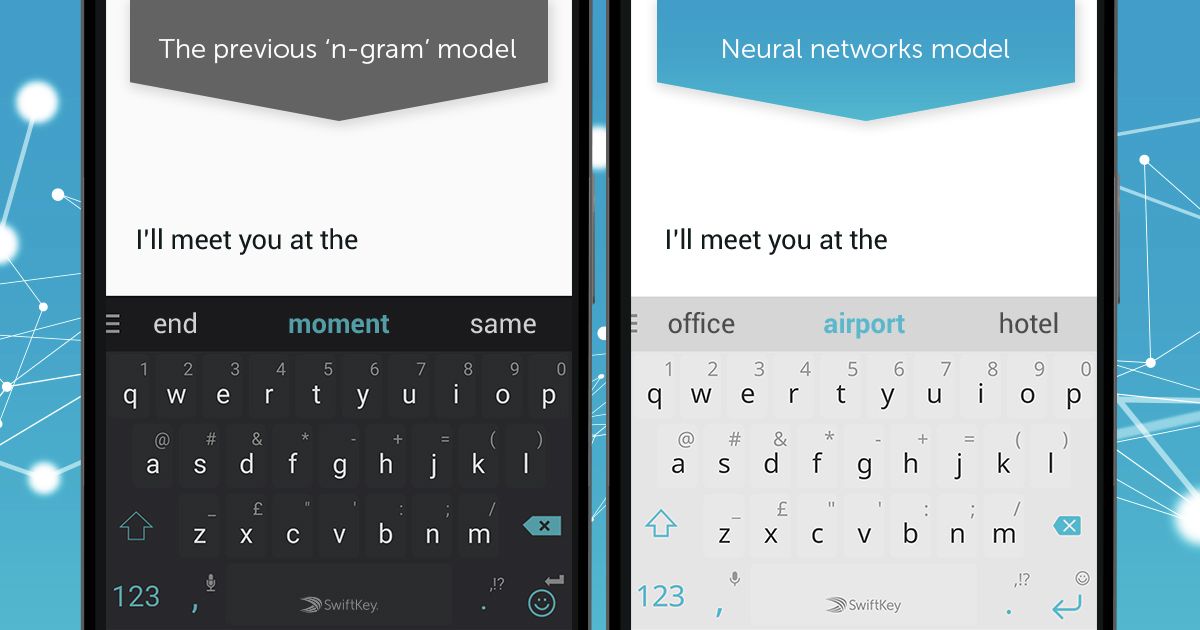
SwiftKey released an early experimental version of its neural network-powered keyboard as a standalone alpha app late last year. At the time, we were pretty impressed with the quality of the predictions. Now, the company (which has since been acquired by Microsoft) has updated the main app with new neural network features.











